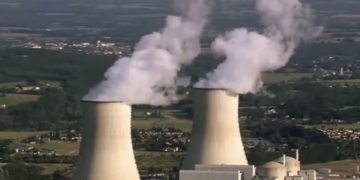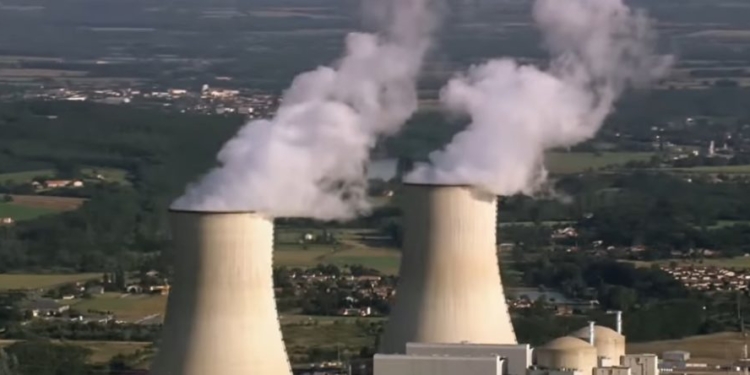Google has made big news in the energy space over the past week, and all of it conflicts with the Harris-Biden goals of a glorious future powered entirely by windmills, solar arrays and presumably some combination of Unicorn fur and fairy dust.
Last week, the Washington Post ran a major story detailing the fact that Nebraska’s Omaha Public Power District (OPPD) will be forced to keep two coal-fired power generation units running for years longer than previously planned to accommodate the electricity needs of new data centers being built in the area by Google and Meta. Originally scheduled to be shuttered at the end of 2023, the units will now remain active through 2026, and local residents and activists expressed skepticism they will be shut down even then.
“A promise was made, and then they broke it,” the Post quotes local resident Cheryl Weston as saying. “The tech companies bear responsibility for this. The coal plant is still open because they need all this energy to grow.”
Well, yes, they do. Given the way supposed deadlines and promises related to this government-forced energy transition have been consistently extended and broken, Weston’s skepticism seems well-grounded.
By now, most everyone is aware of the enormous new demand the proliferation of data centers is placing on the U.S. regional power grids. The new demand from Big Tech is being added to an electric system already strained by huge demands from crypto mining, EV charging and general population growth and economic expansion.
This demand growth threatens to overwhelm the ability of power companies to build new electric generating capacity rapidly enough to keep up. This is especially true for companies operating in areas that restrict such new generating capacity to be “green,” i.e. intermittent wind and solar.
In the Washington Post’s story, the OPPD attributes the need to keep the coal units running on the slow development of anticipated new wind and solar capacity. But that avoids the reality that these data centers and other big power demand hogs require reliable generation, 24 hours a day, 7 days every week. The limitations of intermittent, weather-dependent wind and solar, even when combined with current backup battery tech, leaves companies like Google and Meta demanding more reliable, consistent generation.
This reality is not limited to the Omaha area. On Monday, the Wall Street Journal reported that Google and parent company Alphabet are also backing a new company engaged in the development of a new generation of modular nuclear reactors as a means of securing its future electricity supplies. In a deal with nuclear startup Kairos Power, Google commits to buying power from seven Kairos reactors when they go live in the coming years.
“The end goal here is 24/7, carbon-free energy,” Google/Alphabet senior director for energy and climate Michael Terrell said. “We feel like in order to meet goals around round-the-clock clean energy, you’re going to need to have technologies that complement wind and solar and lithium-ion storage.”
These developments involving Google and Meta come on the heels of other recent stories detailing efforts by tech giants to secure their future power needs. In early October, Constellation Energy announced it will reactivate its Three Mile Island nuclear plant in Pennsylvania to feed the power needs of nearby data centers under development by Microsoft. Constellation announced a similar deal in July to power data centers owned by Amazon from other nuclear facilities it operates.
The securing of their own power supplies could well become a requirement for big tech companies in some regions, as regulators and grid managers become increasingly concerned about their potential to drain regional grids of needed capacity to keep the lights on for everyone else. Bloomberg recently reported on comments by Thomas Gleeson, Chairman of the Public Utilities Commission of Texas, warning data center developers they should plan to provide at least part of their own power needs if they wish to connect to the grid in a timely fashion.
What it all means is that demand for reliable, 24/7 power supplied by nuclear, natural gas and even coal is going to continue rising for the foreseeable future. The glorious energy transition will just have to wait for reality.
David Blackmon is an energy writer and consultant based in Texas. He spent 40 years in the oil and gas business, where he specialized in public policy and communications.
The views and opinions expressed in this commentary are those of the author and do not reflect the official position of the Daily Caller News Foundation.
(Featured Image Media Credit: Screen Capture/NOVA PBS)
All content created by the Daily Caller News Foundation, an independent and nonpartisan newswire service, is available without charge to any legitimate news publisher that can provide a large audience. All republished articles must include our logo, our reporter’s byline and their DCNF affiliation. For any questions about our guidelines or partnering with us, please contact [email protected].



























 Continue with Google
Continue with Google